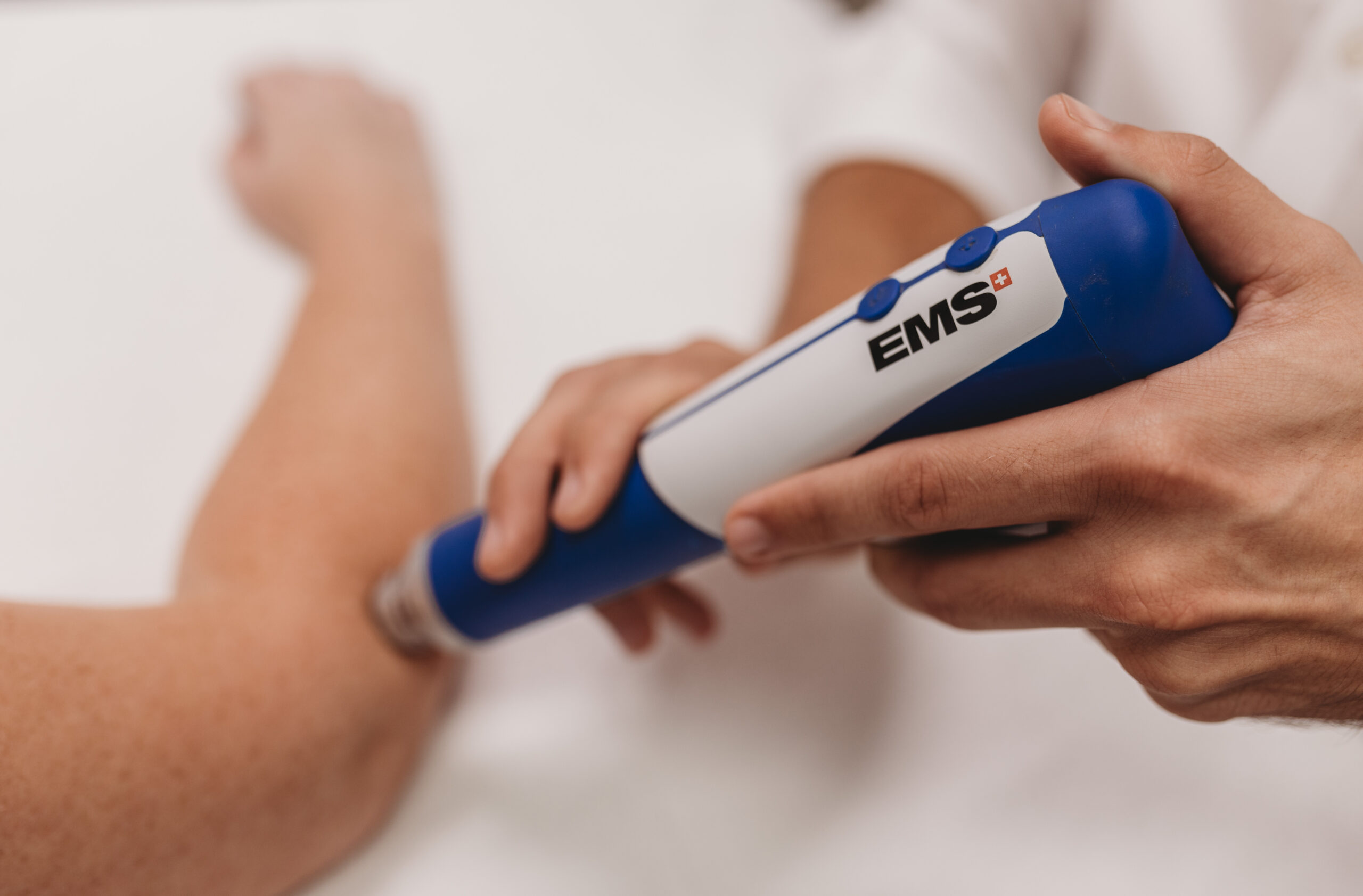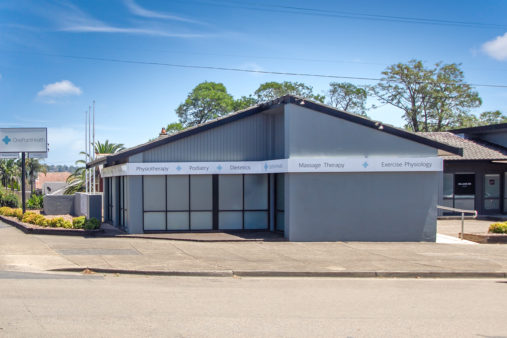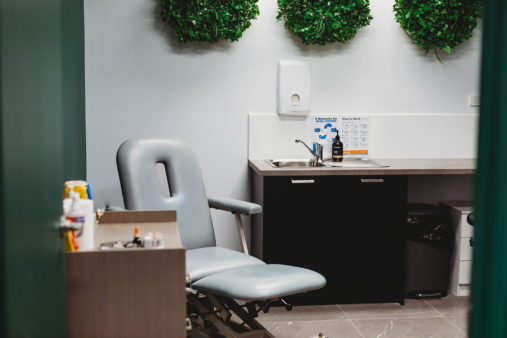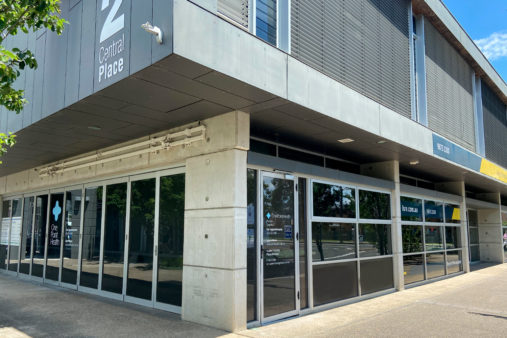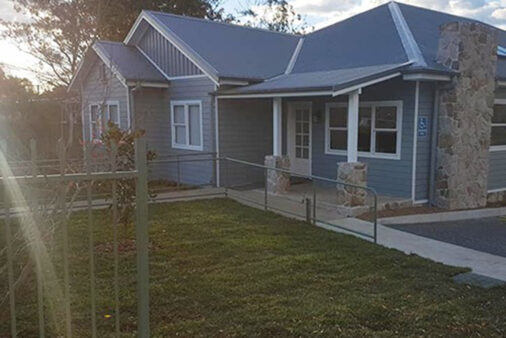Is chronic heel pain keeping you down? Shockwave therapy could provide lasting relief by stimulating your body’s natural healing processes without drugs or surgery.
Get Lasting Relief from Heel Pain with Shockwave Therapy
If you’re suffering from chronic heel pain caused by plantar fasciitis, heel spurs, Achilles tendonitis or other foot injuries, shockwave therapy may provide lasting relief when other treatments have failed. This innovative, non-invasive treatment stimulates your body’s natural healing processes to reduce pain and repair damage.
What is Shockwave Therapy?
Shockwave therapy is a treatment that uses focused, high-energy sound waves to trigger a healing response in injured tissues. Acoustic pulses are delivered through a handheld applicator placed on the skin over the affected area. This stimulates increased blood flow, growth factors, and regeneration of cells and tissues.
Shockwave therapy helps treat chronic heel and foot pain including:
- Plantar Fasciitis: Inflammation of the plantar fascia ligament causing stabbing pain. Shockwaves break up scar tissue and calcium deposits while reducing inflammation.
- Heel Spurs: Abnormal bone growths on the heel bone leading to chronic pain. Shockwaves help break up the spur and kickstart healing.
- Achilles Tendonitis: Inflamed and irritated Achilles tendon causing pain and stiffness. Shockwaves break up scar tissue adhesions and facilitate repair.
- Stress Fractures: Small cracks or severe bruising in foot bones. Shockwaves stimulate accelerated healing.
- Shin Splints: Inflammation in the shin bone. Shockwaves reduce inflammation and facilitate healing.
- Trigger Points: Tight, irritated knots of muscle fibre. Shockwaves help loosen and relax the trigger points.
How Does Shockwave Therapy Work?
During a treatment session, a handheld applicator is placed against the skin over the injured area. Pulses of high-energy acoustic shockwaves are then transmitted from the device into the deeper tissues. This triggers several beneficial effects:
- Breaks up scar tissue and calcium deposits – Clears blockages for healing
- Stimulates new blood vessel formation – Delivers nutrients to heal
- Triggers inflammation and growth factors – Facilitates tissue regeneration
- Stimulates collagen production – Strengthens damaged structures
- Improves metabolism – Provides energy for healing
Research shows shockwave therapy significantly reduces chronic pain and facilitates healing of injuries that have persisted for over 6 weeks. In clinical studies, 72% of patients experienced pain reduction and improved function.
The Benefits of Shockwave Therapy
As a non-invasive treatment, shockwave therapy offers many advantages:
- Lasting pain relief – Over 70% of patients remain pain-free after 1 year
- Accelerated healing – Most see improvement within 4 weeks
- Avoids surgery – Much less risky than invasive procedures
- No downtime – Resume normal activity immediately
- No medications – Stimulates natural healing instead
- Few side effects – Unlikely to cause major issues
Shockwave therapy often provides relief when other conservative treatments like orthotics, physical therapy, rest, or steroid injections have failed. It is frequently used alongside these other therapies as part of a comprehensive treatment plan.
What to Expect During Treatment
Shockwave therapy is administered in 3-6 treatment sessions spaced about 1 week apart. Here’s what you can expect:
- Sessions last 20-40 minutes
- Gradual build up of tolerance on a week to week basis
- No anesthesia required
- Pulsing sensation during treatment
- 3-6 sessions on average for full results
- Gradual improvements over 4-6 weeks
- Potential mild discomfort during treatment
Your podiatrist will advise you on the recommended number of treatments based on your injury. Most patients experience significant, cumulative pain relief and healing with focused shockwave therapy.
Who Should Avoid Shockwave Therapy?
Shockwave therapy is considered very safe overall, but there are some cases where we’ll avoid it as a precaution:
- Under age 18
- Taking blood thinners
- Have a pacemaker
- Diagnosed with cancer
- Have nerve disorders
- Active infection in the treatment area
- Received a steroid injection within the past 6 weeks
Your podiatrist will thoroughly assess your medical history and suitability for shockwave therapy before recommending it.
Possible Side Effects
Most patients tolerate shockwave therapy very well. Possible side effects include:
- Mild discomfort during the procedure – This usually improves with future treatments
- Muscle soreness for 1-2 days after
- Temporary numbness or tingling
- Minor bruising is possible but uncommon
These side effects are usually minimal. Any pain during the procedure can also be minimised by adjusting the treatment intensity.
If you’re dealing with stubborn heel pain or a chronic foot injury that just won’t seem to heal, shockwave therapy may provide the lasting relief you’ve been hoping for. This innovative treatment stimulates accelerated healing and reduces pain without drugs or surgery. Talk to our podiatrists today to see if shockwave therapy is right for you!
